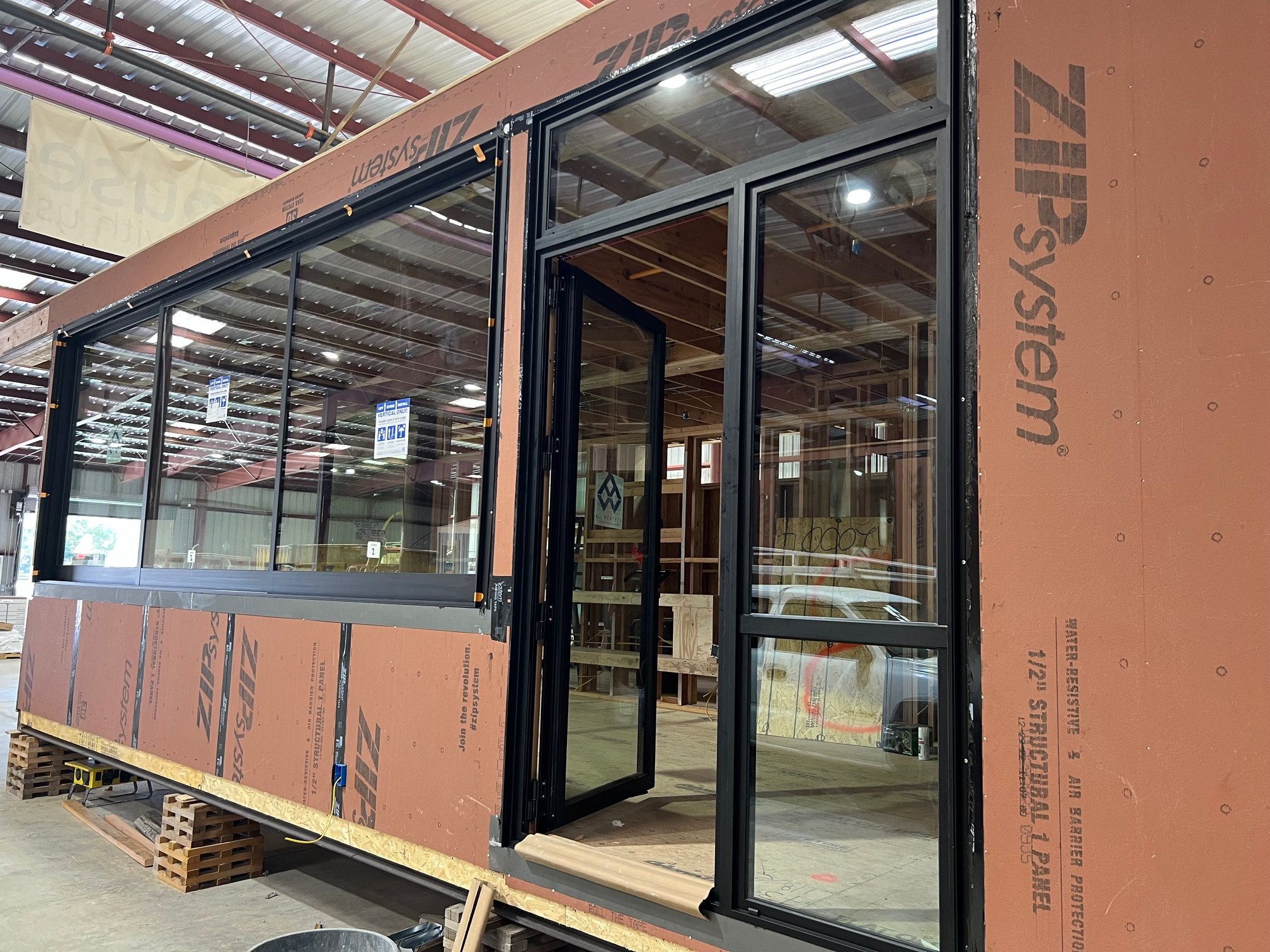Prefab Homes in Extreme Climates: Are They a Smart Choice?
Prefab and modular homes have gained popularity for their efficiency, sustainability, and modern designs. But how do they hold up in extreme climates? From the wildfire-prone California coast to frigid mountain regions and humid tropical environments, prefab homes face unique challenges and advantages.
Prefab Homes on the California Coast: Fire Resistance and Durability
The California coast is known for its beauty, but it also presents natural challenges like wildfires, seismic activity, and coastal weather conditions. The devastating January 2025 fires reminded us of the importance of fire-resistant construction.
How Do Prefab Homes Perform in Fire-Prone Areas?
Many prefab homes are designed with fire-resistant materials, such as:
Steel framing instead of traditional wood, which is less combustible.
Concrete panels and fiber cement siding that resist ignition.
Tempered glass windows that withstand heat better than standard glass.
Metal or non-combustible roofing to prevent embers from catching fire.
Some manufacturers also offer wildfire-resistant design features, like enclosed eaves, ember-resistant vents, and sprinkler systems. However, homeowners must still consider defensible space around their property—clearing brush and using fire-resistant landscaping.
Coastal Considerations: Wind and Salt Air
Prefab homes can handle coastal conditions well if designed for high winds and salty air exposure. Corrosion-resistant materials, hurricane-rated windows, and reinforced structures help maintain longevity in these environments.
Prefab Homes in Cold Mountain Climates: Insulation and Snow Load
Mountainous regions pose challenges like freezing temperatures, heavy snow, and strong winds. Modular prefab homes can thrive in these conditions if properly designed.
Key Considerations for Cold Climates
Insulation and airtightness: Prefabs with high R-value insulation and energy-efficient windows reduce heat loss.
Snow load capacity: Roof designs must handle heavy snow, often with steeper pitches to prevent buildup.
Foundation choices: Frost-protected slab foundations or deep footings help prevent shifting from freeze-thaw cycles.
Off-grid adaptability: Many prefab homes can be equipped with solar panels, battery storage, and efficient heating systems like geothermal or radiant heating.
Potential Drawbacks
Transporting a prefab home to remote mountain areas can be challenging. Roads must be accessible for delivery trucks.
If not well-sealed, prefab homes may be vulnerable to ice damming (where melting snow refreezes at the roof edge, causing leaks).
Prefab Homes in Humid or Tropical Regions: Moisture and Hurricane Resistance
Tropical climates bring intense humidity, heavy rains, and the threat of hurricanes or typhoons. Prefab homes can work well in these areas but require specific design elements.
What Works Well?
Moisture-resistant materials like treated wood, composite siding, and mold-resistant insulation help prevent rot.
Ventilation and dehumidification strategies keep indoor air comfortable and dry.
Hurricane-resistant designs, including reinforced frames, impact-resistant windows, and elevated foundations, can withstand storms.
Risks and Challenges
Mold and mildew are a significant concern in humid areas. Homes need proper drainage, vapor barriers, and ventilation.
Extreme storms and flooding require elevated foundations and storm-proof construction techniques.
Shipping and installation delays can occur due to remote island locations or unpredictable weather.
Are Prefab Homes Right for Extreme Climates?
Prefab homes can be highly suitable for extreme climates when designed with regional challenges in mind. Advances in materials and construction methods make them as resilient—if not more so—than traditional homes. However, customization is key: prefab homes must be tailored for fire resistance, insulation, moisture control, or storm durability, depending on the location.
If you're considering a prefab home in an extreme climate, working with experienced manufacturers and local builders who understand the challenges is essential.



